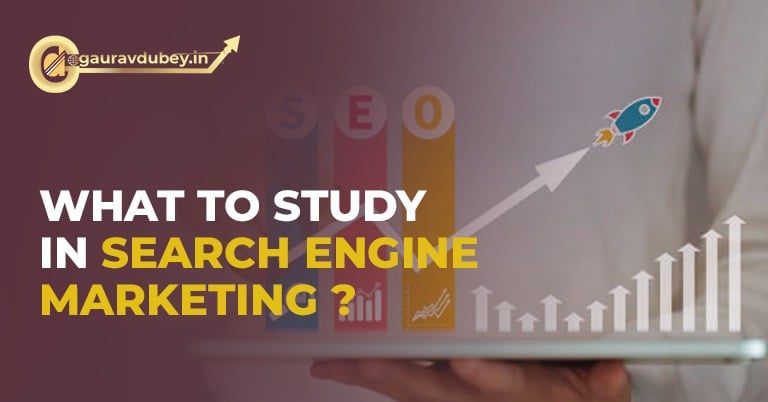Search engine marketing, or SEM, is an incredibly powerful tool for businesses looking to drive traffic and increase visibility online. However, it can be overwhelming for those new to the field. In this article, we will break down what you need to know to get started with SEM, including pay-per-click advertising, ad targeting, and more.
What is SEM?
Search engine marketing is a type of digital marketing that involves promoting a website by increasing its visibility in search engine results pages (SERPs). SEM is typically broken down into two categories: pay-per-click (PPC) advertising and search engine optimization (SEO).
Paid-for-placement (PPC) advertising entails purchasing top-of-the-page placement for ads. Only when a user clicks on your advertisement do you pay using PPC. This makes it a cost-effective way to reach a large audience and drive traffic to your website.
SEO, on the other hand, involves optimizing your website’s content and structure to improve its organic search engine rankings. This can take longer to see results but can lead to long-term benefits.

What is Pay Per Click?
Pay-per-click advertising is a type of online advertising in which businesses pay each time someone clicks on one of their ads. PPC ads typically appear at the top of search engine results pages and can be targeted to specific keywords, demographics, and locations.
PPC ads are usually created using platforms like Google AdWords or Bing Ads. Advertisers bid on keywords and compete for ad placement based on the relevance and quality of their ads.
How PPC Differs from SEO?
While both PPC and SEO are types of SEM, they differ in several key ways. With PPC, you pay for each click, while with SEO, you do not pay for clicks at all. Additionally, PPC ads can be turned on and off at any time, while SEO requires ongoing optimization and maintenance.
PPC also offers more control over ad targeting, as advertisers can choose specific keywords, locations, and demographics to target. SEO, on the other hand, relies on search engines to determine which websites are the most relevant and authoritative for a given query.
Google AdWords and Bing AdWords are two of the most popular PPC advertising platforms, offering a variety of ad formats to choose from, such as search contextual or placement ads. It is important to understand how these different formats work and which ones will be most effective for your business.
Creating effective campaigns and ad groups is another critical aspect of SEM. It involves developing compelling ad copy and targeting the right keywords for your audience. Using broad, phrase, and exact match keywords can help you reach the right people at the right time.
Additionally, negative keywords can be used to prevent your ad from showing up in irrelevant searches, saving you money and improving your ad targeting.
Google Conversion Code is another important aspect of SEM, allowing you to track conversions and measure the effectiveness of your campaigns. Finally, understanding the cost and billing associated with PPC advertising is critical to ensuring that you are getting the most value for your marketing budget.
Conclusion:
Overall, a comprehensive understanding of these different aspects of SEM can help you develop a successful online advertising strategy that drives traffic, conversions, and growth for your business.

